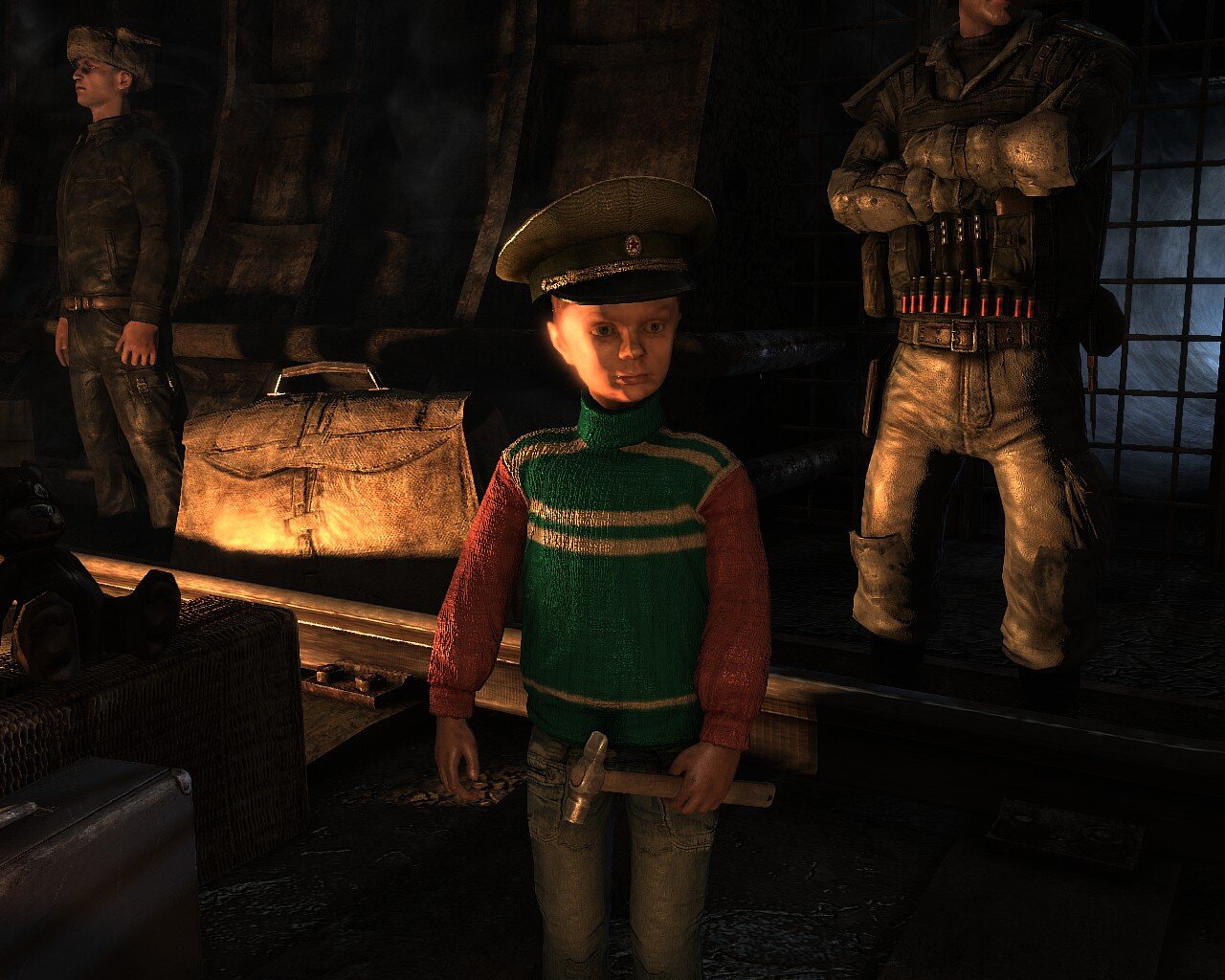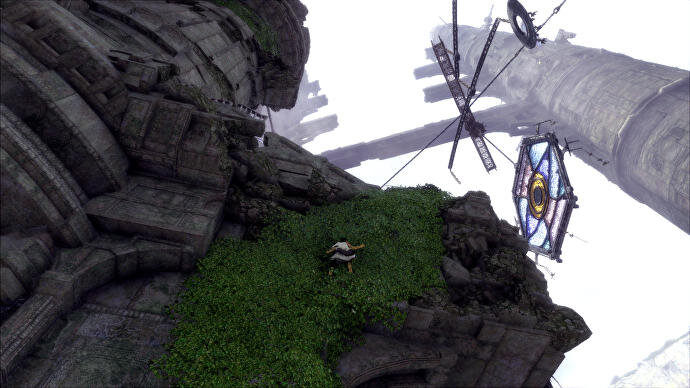Trauma is as remarkable as it is obscure. The homework of Krystian Majewski, it was made with flash and a Sony DSC-F17! If anyone had heard of it, it would be an important game in the indie canon: a deliberate experiment of a game, Krystian Majewski studied the adventure game genre and decided to emphasise narrative over puzzle design (although the narrative itself is something of a puzzle, and the puzzles themselves are fun) and use some archaic techniques (such as FMV cutscenes) to create something simultaneously unlike anything preceding it, yet clearly the progeny of the likes of The Last Express and Myst—modernist technique at its finest!
Although the plot’s main draw is its mystery rather than the emotional impact of the super low budget FMVs, the melancholy lyricism of the ethereal puzzles, navigation, photography and narration come together to make something entrancingly beautiful, and the narrative is a surprisingly authentic emotional expression, considering the experimental nature of its conception.
I have returned to Trauma almost as many times as I have returned to Ico, the greatest game ever made; and nearly as beautiful as Trauma. Trauma, like Ico, in spite of drawing on some obvious influences, and without being obscurantist, manages to be an enigmatic experience—one that is endlessly fascinating, in the way that all beauty is.
But, unfortunately for the reader, beauty, like love, is undefinable, indescribable and, most of all, unjustifiable; so anything I write and you read about Trauma is sheer folly. Trauma is beautiful, and I am not so foolish (or brave?) a poet to try and encapsulate it in a metaphor. I was, however, foolish (brave?) enough a critic to review it, giving it a miserly 3.5/5. This score, and review, are perfect illustrations of the pretentious folly that is criticism:


































![This absolute filth is easily the best third person shooter since Gunstar Heroes (though Hotline Miami is a big contender from this decade), but it makes me sad that I couldn’t figure out how to shoehorn in Binary Domain or any Nagoshi [Japanese] ga…](https://images.squarespace-cdn.com/content/v1/51661d34e4b035d7482e8ce6/1583120091722-7NQWNK66HV9SWHZ1I195/mdk2.jpg)









